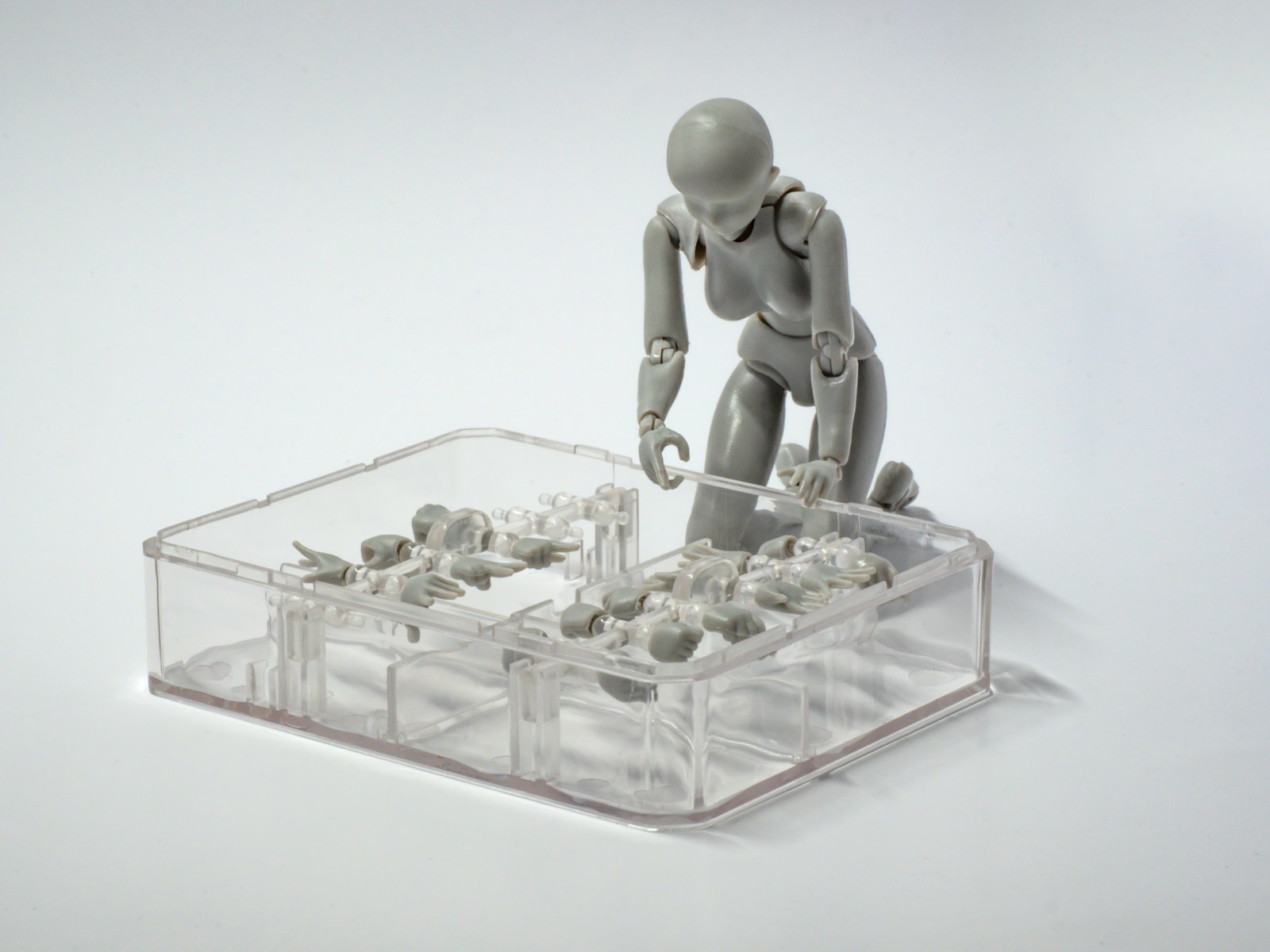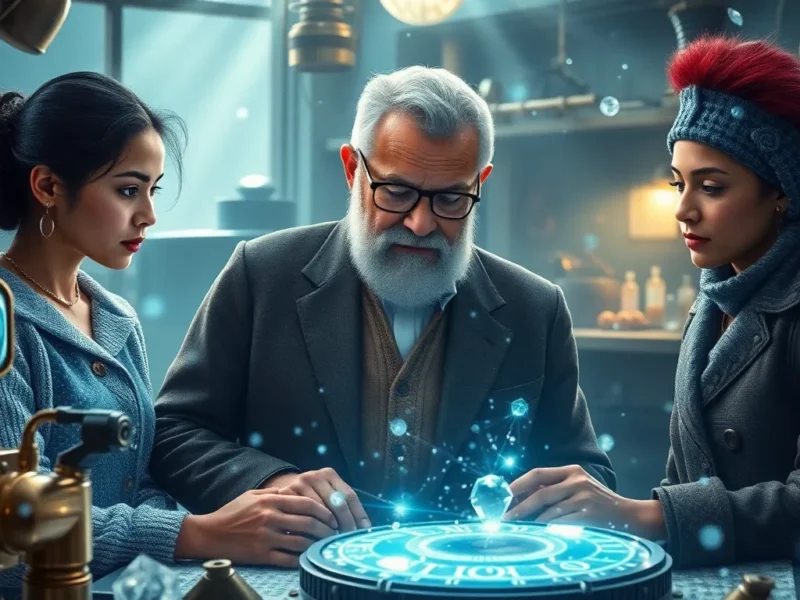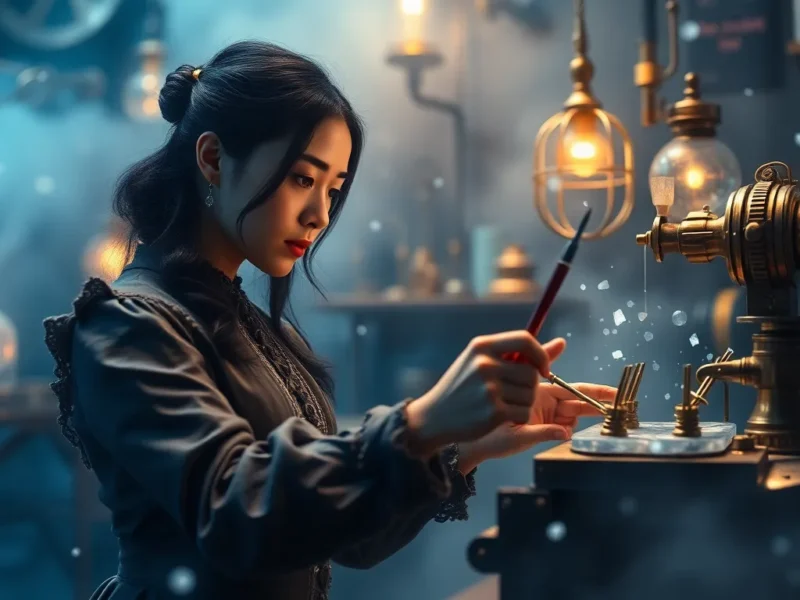In recent years, creating 3D models for games has shifted from a painstaking manual process to something much more accessible, thanks to AI. The idea that you can type a description and get a usable 3D asset sounds almost like science fiction, but it’s becoming a reality. This shift is changing how game designers work, especially smaller teams who don’t have the resources for huge modeling departments. AI tools that turn text into 3D models are now part of the toolkit, offering a new way to bring ideas to life faster. Of course, it’s not perfect – there are challenges in quality, style, and integration – but the potential is huge. This piece looks at how AI fits into game design, what tools are out there, and what you should watch out for when using these new methods.
How AI Transforms 3D Model Creation in Games
AI’s role in turning text descriptions into 3D models is growing fast. Instead of starting from scratch in complex software, designers can describe what they want – a medieval sword, a futuristic vehicle, or a fantasy creature – and AI generates a model that fits. This speeds up early prototyping and helps with user-generated content, where players can create their own assets. The technology uses large datasets and machine learning to understand shapes, textures, and proportions from simple prompts. That said, the models often need tweaking to fit a game’s style or technical needs. AI isn’t replacing artists but acting as a powerful assistant that handles the repetitive or initial creative steps.
Popular Tools for Text-to-3D Model Generation
Several AI tools have gained attention for their ability to generate 3D models from text. Meshy AI is one of the front-runners, known for quick generation and decent quality. Tencent Hunyuan3D and Tripo AI also offer strong capabilities, especially for game environments and characters. Browser-based tools like Formia make it easy for beginners to experiment without heavy software. Some platforms combine image-to-3D conversion with text prompts, giving more control over the output. While these tools vary in complexity and cost, they share the goal of making 3D asset creation more accessible and less time-consuming.
Common Challenges in Using AI-Generated 3D Models
Despite the promise, AI-generated models come with their own set of issues. First, the quality can be inconsistent – some results look polished, others rough or oddly shaped. Style consistency is another problem; a model generated by AI might not match the rest of a game’s assets. Technical constraints like polygon count and rigging often require manual adjustment. There’s also the question of originality and copyright, as AI models are trained on existing data. Game developers need to balance speed with quality, often using AI models as a starting point rather than final assets.
How to Get Started with AI in Game Design
If you’re new to AI-generated 3D models, start small. Try out free or trial versions of tools like Meshy AI or Formia to get a feel for the process. Begin with simple objects and see how well the AI interprets your text prompts. From there, learn how to import the models into your game engine, such as Unity or Unreal, and make necessary adjustments. Experiment with combining AI-generated assets with hand-crafted ones to maintain style. Remember, AI is a tool, not a magic wand – your input and refinement are still key.
Tips for Better Text Prompts and Model Results
Writing effective text prompts is an art in itself. Be specific but concise – too vague, and the AI might guess wrong; too detailed, and it might get confused. Use clear descriptors like “low-poly,” “cartoon style,” or “steampunk” to guide the model’s look. Including references to known objects or styles helps too. Don’t expect perfection on the first try; iterate and tweak your prompts based on what the AI produces. Also, combining text with reference images can improve accuracy.
Examples of AI in Real Game Projects
Some indie developers have started using AI-generated 3D models to speed up their workflows. For example, a small team working on a fantasy RPG used AI to create initial character concepts and environment props, which they then polished manually. Larger studios are exploring AI to generate background assets or test new ideas quickly. AI also supports player-generated content, allowing gamers to customize characters or items with text descriptions, creating a more dynamic experience.
Where AI Falls Short in Game Design
AI still struggles with complex animations, realistic physics, and detailed rigging. Models generated from text often need manual cleanup to be game-ready. The AI’s understanding of context and style is limited; it can’t always grasp the artistic vision behind a project. There’s also a learning curve to using these tools effectively, which can slow down teams initially. Lastly, ethical concerns about AI training data and originality remain unresolved.
Small Wins That Build Momentum
Even if AI-generated models aren’t perfect, using them for early prototypes or placeholder assets can save time. Getting quick visual feedback helps teams iterate faster and focus creative energy where it matters. Learning how to integrate AI tools gradually builds confidence and skill, making the technology a natural part of the pipeline rather than a disruption.
Future Directions for AI in Game Asset Creation
Looking ahead, AI is likely to improve in producing higher-quality, style-consistent models with better rigging and animation. Integration with game engines will become smoother, allowing real-time generation and editing. We might see more AI-powered tools that assist not just with models but entire scenes, including lighting and sound. This could open doors for truly dynamic, player-driven game worlds.
Quick Takeaways
- AI can quickly turn text descriptions into usable 3D game assets, speeding up early design stages.
- Popular tools include Meshy AI, Tencent Hunyuan3D, and Formia, each with unique strengths.
- Quality and style consistency often require manual refinement after AI generation.
- Writing clear, specific prompts improves model accuracy and relevance.
- Using AI for prototypes and placeholders helps teams iterate faster.
- AI isn’t a replacement for artists but a powerful assistant in the creative process.
- Ethical and technical challenges remain, but progress is steady.
Conclusion
AI’s role in creating 3D models from text is reshaping game design, making asset creation faster and more accessible. While it’s tempting to expect flawless results, the reality is that AI tools are best used as helpers, not replacements. They speed up early stages, offer creative sparks, and free artists to focus on what they do best. The key is to approach AI with realistic expectations and a willingness to learn its quirks. Over time, as the technology matures and integrates more deeply into workflows, it will become a standard part of game development. For now, embracing AI means balancing speed with quality and staying mindful of the challenges. That said, the possibilities are exciting, and the future of game design looks a little more open to anyone with a good idea and a text prompt.
FAQs
- What is the best AI tool for creating 3D models from text?
Meshy AI, Tencent Hunyuan3D, and Formia are among the top tools for generating 3D models from text prompts, each offering different features suited for game design.
- Can AI-generated 3D models be used directly in games?
AI models often need refinement for style consistency, rigging, and optimization before they are game-ready, but they serve well as prototypes or placeholders.
- How do I write effective text prompts for 3D model generation?
Be clear and specific, use style descriptors, and consider including reference images to guide the AI toward the desired output.
- Will AI replace 3D artists in game development?
No, AI is a tool that assists artists by speeding up initial creation and handling repetitive tasks, but human creativity and refinement remain essential.
- What challenges exist with AI-generated 3D models?
Common issues include inconsistent quality, style mismatches, technical limitations, and ethical concerns about training data and originality.


